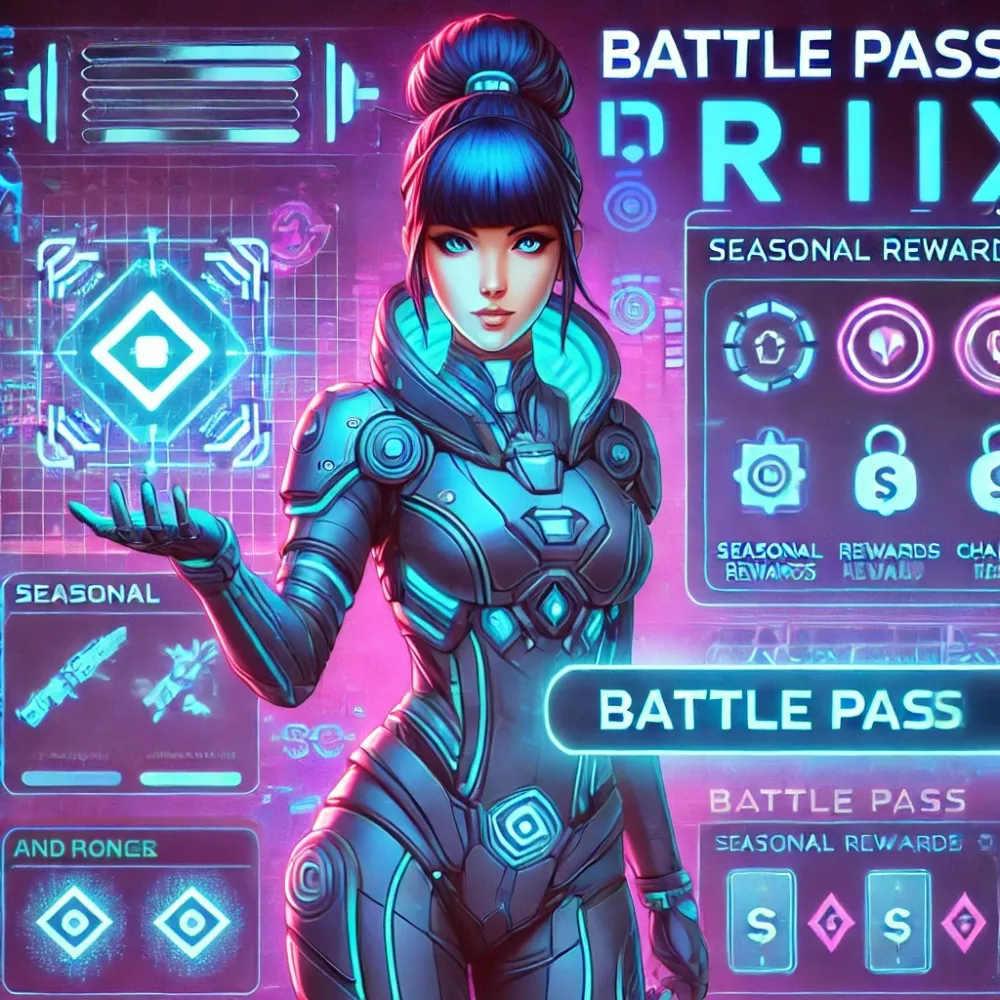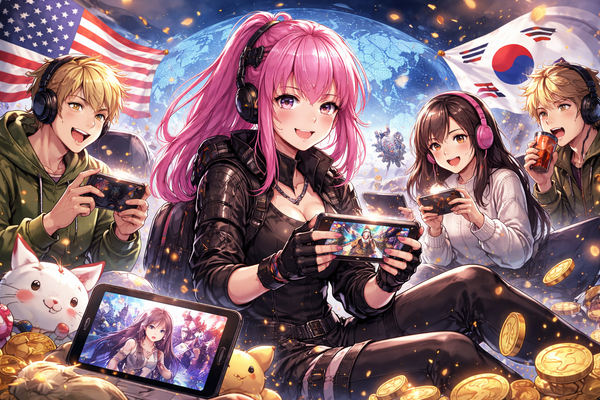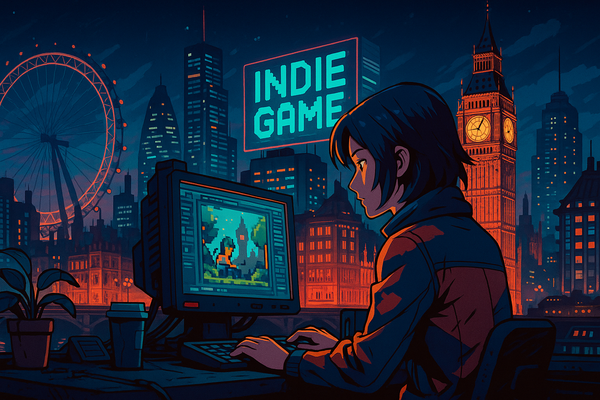Battle pass monetization: How indie developers can leverage seasonal rewards for player retention
Battle passes have become a highly effective monetization tool in the gaming industry, offering developers a way to boost player engagement while generating consistent revenue. For indie developers, the battle pass model presents an opportunity to offer players exclusive rewards and challenges over limited seasons, incentivizing them to return regularly. This article explores how indie developers can use battle passes to retain players and increase their revenue through seasonal rewards.
1. What is a battle pass?
A battle pass is a progression system that players purchase, usually for a specific season or period, to unlock exclusive in-game content by completing challenges and gaining experience. Unlike traditional microtransactions, battle passes offer a structured path to rewards, which may include cosmetics, in-game currency, or other perks (GameTech Market ).
The most successful battle passes often have both a free and paid version, allowing developers to cater to all players while encouraging them to upgrade to the premium version for greater rewards (Udonis Mobile Marketing Agency.)
2. How battle passes improve player retention
The appeal of a battle pass lies in its ability to engage players over an extended period. Players who purchase a battle pass are more likely to return frequently to complete challenges and unlock rewards. According to data, players who purchase battle passes tend to have longer play sessions and a higher daily return rate compared to non-purchasers (aster.cloud).
Additionally, by offering limited-time rewards tied to specific seasons, developers create a sense of urgency, encouraging players to remain active to maximize the value of their purchase (WolfWare).
3. Seasonal rewards and themes
A well-designed battle pass often revolves around thematic content that changes every season. This keeps the game fresh and engaging, as each new season brings unique challenges and rewards. Games like Fortnite and Clash of Clans have mastered this by introducing themed events, such as winter or holiday seasons, that resonate with players and encourage them to participate (Sonamine).
By aligning battle passes with real-world events or in-game lore, developers can create stronger emotional connections with players. Seasonal battle passes can include cosmetic items, such as themed outfits, exclusive characters, or special abilities that aren’t available through regular gameplay (GameTech Market).
4. Monetizing battle passes effectively
To maximize revenue, indie developers can adopt a tiered battle pass system. Offering a free track alongside a premium track allows all players to engage with the content, while those who opt for the premium pass receive more valuable rewards. This system encourages non-paying players to upgrade once they see the additional content they could unlock.
It’s also important to strike a balance between offering enough rewards to entice players without overwhelming them with too many options. Reward tiers should be generous, especially in the early stages, to ensure players feel they’re getting value from their purchase. Developers should also consider offering bundle deals or discounts to incentivize players to commit to the battle pass early in the season.
5. Building Long-Term engagement
Battle passes are not just about immediate revenue—they are a long-term player retention tool. Players who regularly purchase battle passes are more likely to stay engaged with a game over time, especially when rewards carry over or are part of a larger progression system.
Developers can further enhance engagement by offering additional content, like exclusive storylines or challenges, only accessible to premium pass holders.
Providing frequent updates, both free and paid, keeps players invested in the game. Even after completing a season, players should have something to look forward to in the next one, maintaining a cycle of engagement and retention.
Battle passes offer indie developers an effective way to boost engagement and generate consistent revenue. By creating seasonal rewards that align with players’ interests and maintaining a balance between free and premium content, developers can turn their games into long-term experiences that keep players coming back for more. With the right strategy, battle passes can be a valuable addition to any indie game’s monetization plan.




